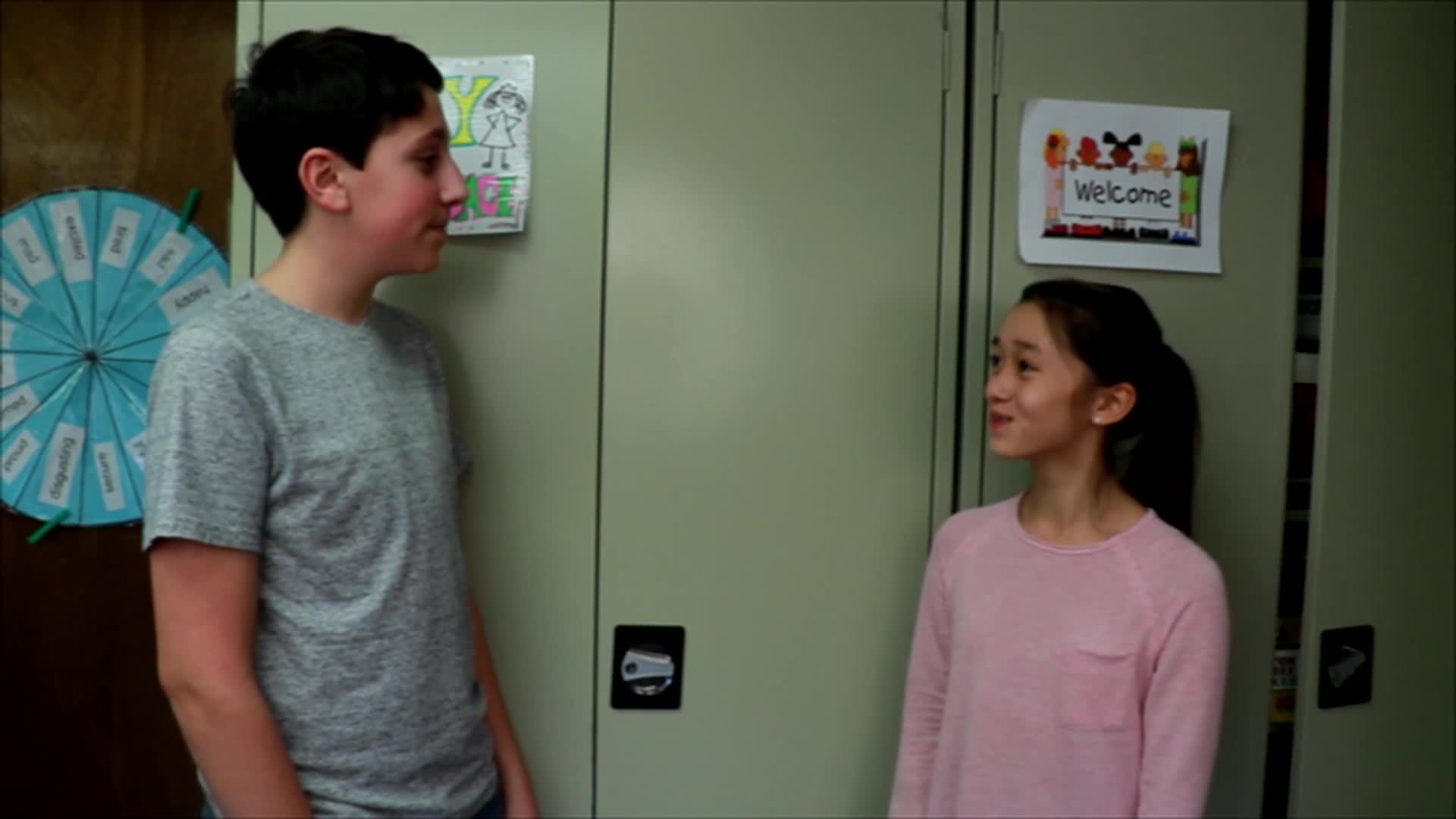
In special education, it is essential to focus on the development of crucial skills that support students’ learning, social interactions, and wellbeing. One such vital skill is the ability to make social introductions, which plays a significant role in helping young students build relationships and establish connections with their peers.
Understanding Social Introductions
Social introductions involve greeting others, sharing one’s name, and responding appropriately to new acquaintances. This target skill impacts students’ learning by fostering a positive classroom environment, promoting cooperation, and enhancing overall social competence.
The Role of Specialists
Different specialists can support the development of social introductions in PreK students, including:
- Speech-Language Pathologists: They can teach students the language and phrases needed to make proper introductions and help them practice their verbal communication skills.
- Social Workers: They can work on social skills development, including taking turns, making eye contact, and using appropriate body language during introductions.
- Psychologists: They can address any underlying social anxiety or emotional challenges that may hinder a student’s ability to make successful introductions.
- School Counselors: They can provide guidance and support to students and teachers in developing strategies for improving social introductions.
IEP Goals for Social Introductions
Here are some SMART IEP goals that educators can use to improve social introductions in students:
-
Goal 1: The student will demonstrate the ability to make a proper social introduction by greeting others, sharing their name, and responding appropriately to new acquaintances in 4 out of 5 opportunities.
Strategies/Activities: Role-playing, social stories, and practicing introductions using puppets or stuffed animals. -
Goal 2: The student will maintain appropriate eye contact and body language during social introductions in 4 out of 5 opportunities.
Strategies/Activities: Visual cues, practicing in front of a mirror, and video modeling. -
Goal 3: The student will initiate social introductions with peers independently in 4 out of 5 opportunities.
Strategies/Activities: Peer modeling, social skills groups, and structured play activities.
Implementing and Measuring Progress
Implement these goals through consistent practice, visual supports, and collaboration with specialists. Measure progress by observing students during social interactions, tracking the frequency of successful introductions, and assessing their ability to generalize the skill across various social settings.
Conclusion
Developing effective IEP goals for social introductions is crucial for PreK students in special education. By implementing these goals and working collaboratively with specialists, educators can foster social competence and support the overall wellbeing of their students. For additional resources on social skills development, explore Everyday Speech Sample Materials.





